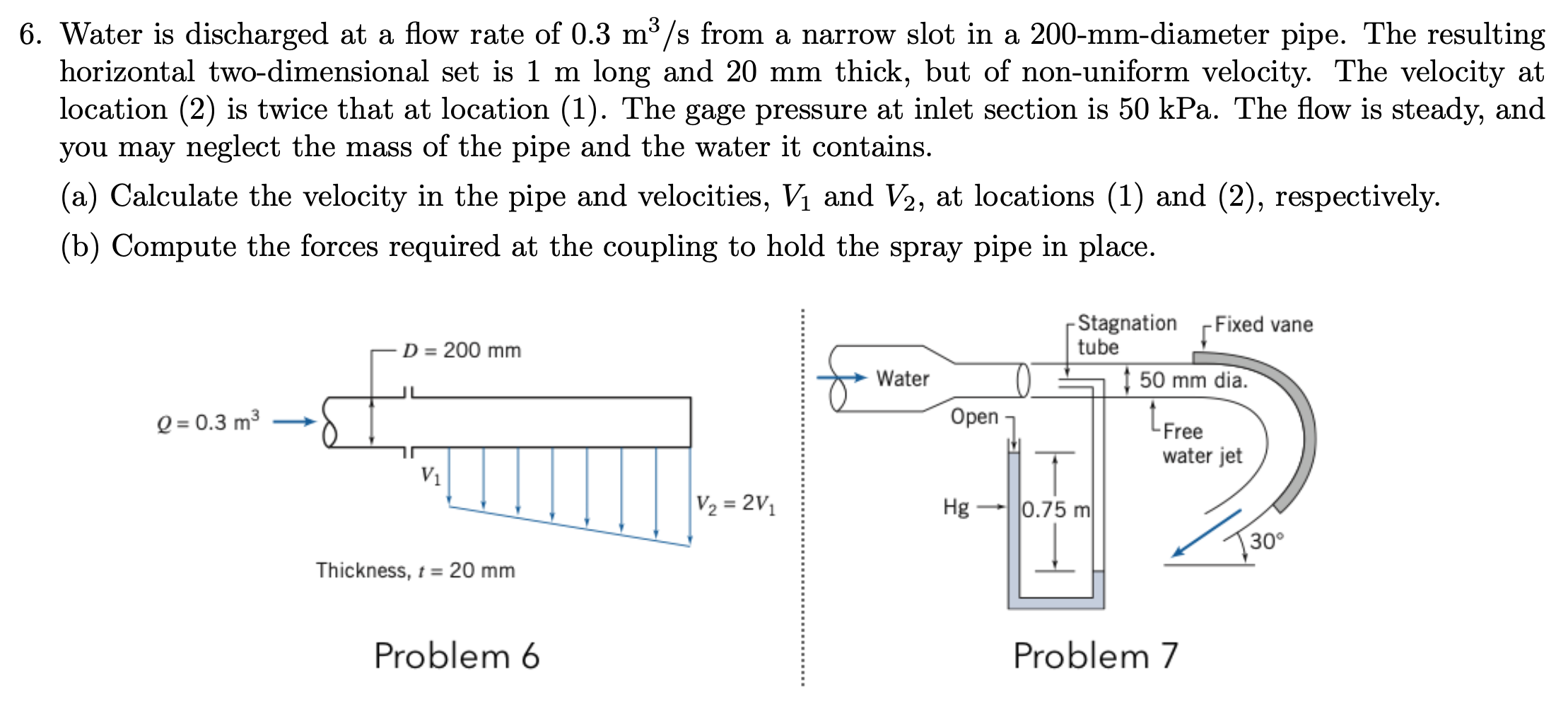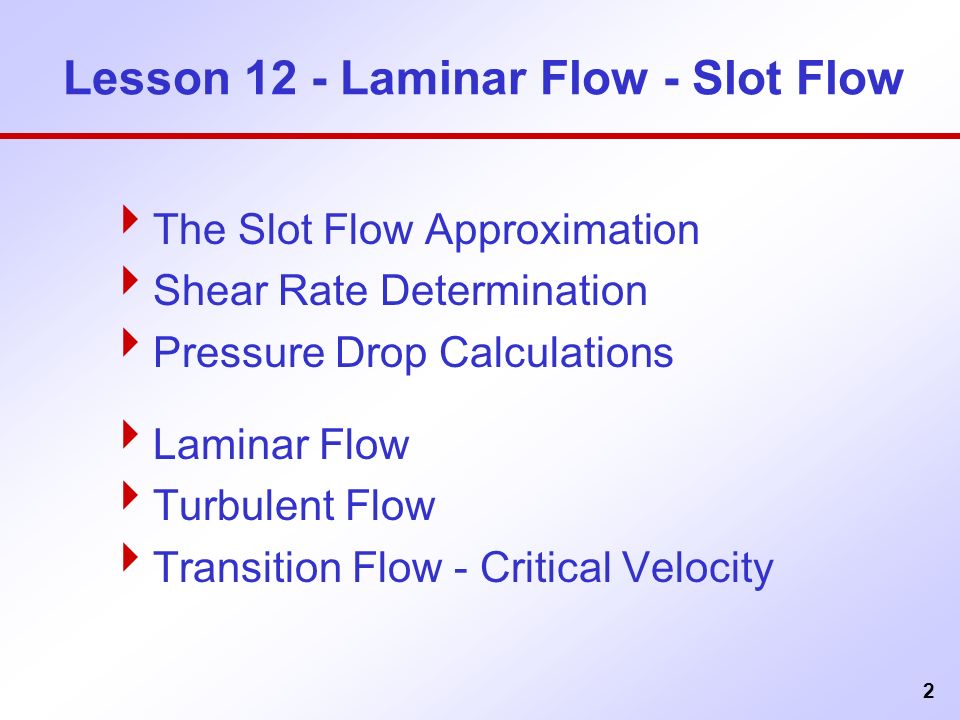Flow Rate Through Slot
Related Tools
Find another flow measurement calculator by clicking on the required answer which coincides with the input parameters you already know.
| vol flow | mass flow | flow speed | vol | mass | time |
|---|---|---|---|---|---|
| area | flow speed | vol flow | |||
| dia | flow speed | vol flow | |||
| w x h | flow speed | vol flow | |||
| time | vol | mass | vol flow | mass flow | |
| vol | time | density | vol flow | ||
| mass | time | density | mass flow | ||
| density | mass flow | vol flow | mass | vol | |
| flow speed | area, dia |
The flow rate with respect with gap width in general follows a parabolic curve. However, these curves get distorted at lower values of gap opening when the flow starts getting affected due to the minimum gap width restriction. D.The effect of slope angle of the side walls of the hopper on flow rate is very distinct. The rate of flow varies linearly. For proper trench drain design you can use the tables below to determine the depth the trench drain or slot drain should be for any given flow rate. There is also a trench drain calculator spreadsheet attached that can help with trench drain design. The trench drain capacity calculations should first be done to determine the required flow rate.

User Guide
This tool will calculate the volumetric flow rate in any units from the specified velocity of a substance flowing through a defined cross-sectional area. For each new calculation a unique conversion scale will be generated for the range of flow velocities and volumetric flow rates with the cross sectional area specified.
Formula

The volumetric flow rate formula used by this calculator is:
Q = v · A
Symbols
- Q = Volume flow rate
- v = Flow velocity
- A = Cross-sectional area

n.b. This formula assumes uniform flow conditions within the entire cross-sectional area, without any friction losses near to surfaces.
Flow Velocity Measured

Enter the speed at which the substance is moving.
Cross-Sectional Area
Enter the size of the area perpendicular to the direction of flow.
Volumetric Flow Rate Calculation
This is the amount of volume that will flow pass per unit of time.
Flow Rate Through Slot Extruded
Orifice Discharge into Free Air
An orifice is an opening with a closed perimeter through which water flows. Orifices may have any shape, although they are usually round, square, or rectangular.
Discharge through a sharp-edged orifice may be calculated from:
Q = Ca?2gh
where
Q= discharge, ft3/s (m3/s)
C =coefficient of discharge
a =area of orifice, ft2 (m2)
g =acceleration due to gravity, ft/s2 (m/s2)
h =head on horizontal center line of orifice, ft (m)
Flow Rate Through Sand Filter
The coefficient of discharge C is the product of the coef- ficient of velocity Cv and the coefficient of contraction Cc. The coefficient of velocity is the ratio obtained by dividing the actual velocity at the vena contracta (contraction of the jet discharged) by the theoretical velocity. The theoretical velocity may be calculated by writing Bernoulli’s equation for points 1 and 2.Thus
V2= ?2gh
The coefficient of contraction Cc is the ratio of the smallest area of the jet, the vena contracta, to the area of the orifice.
Submerged Orifices
Flow Rate Through Soil Media
Flow through a submerged orifice may be computed by applying Bernoulli’s equation to points 1 and 2 in figure below
Flow Rate Through Trench Drain
Values of C for submerged orifices do not differ greatly from those for nonsubmerged orifices.